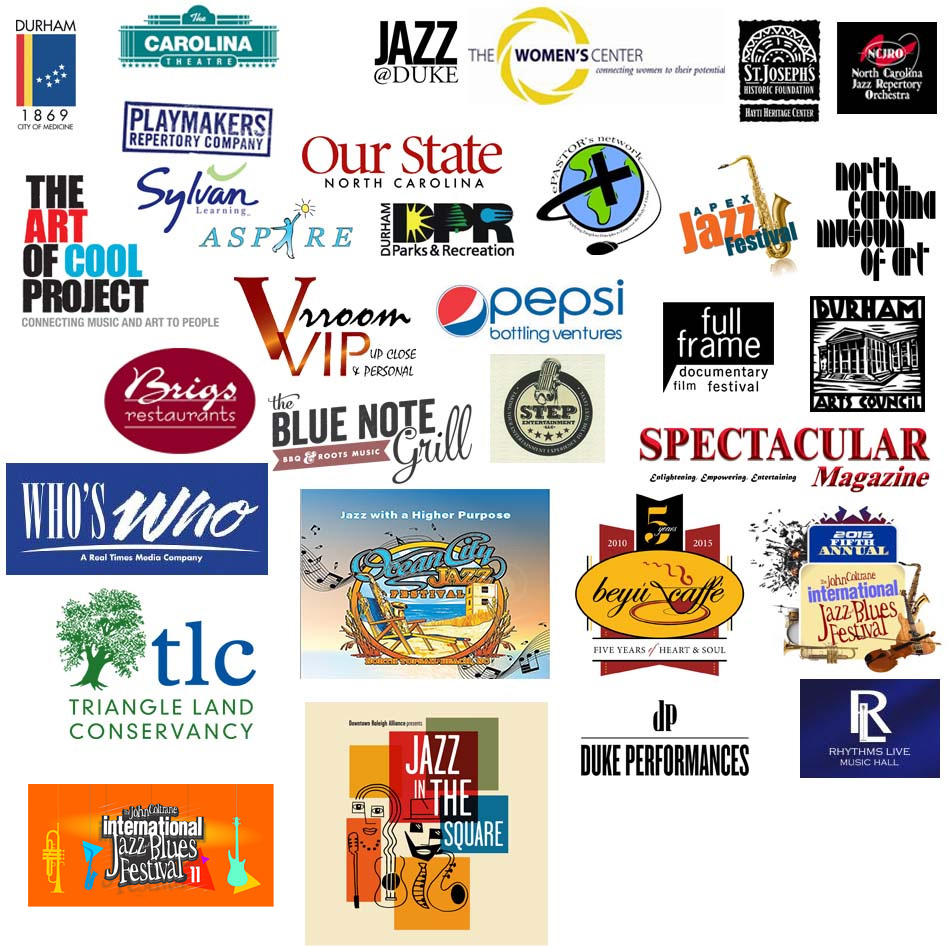NCCU Band Prepares for a Critical 110-Degree Turn
The 200-plus members of North Carolina Central University’s Marching Sound Machine visited the Rose Bowl for their official photograph on Thursday and then toured the massive tents where volunteers were busy applying all natural materials to the bodies of the Rose Parade floats.
The most elaborate in one tent was the California Polytechnic State University (Cal Poly) float called “Galactic Expedition.” Cal Poly student Sean Conant explained that the float had been in the works since the concept was decided in a contest last February. Half of the float was built at the Cal Poly Pomona campus and half at the Cal Poly San Luis Obispo campus by 100 students from every discipline – including engineering, of course.
The steel frame was covered in foam and painted. And in the last five days, 150 volunteers have been applying more than 30,000 roses, chrysanthemums, and carnations. Two motors will power the float – one to move the vehicle and one to animate the telescopic nose cone, spinning a planet and working a crane that lands an explorer on the surface.
En route to the next stop, the band traveled along the parade route to help the members plan their performance. NCCU Band Director Jorim Reid is particularly concerned with a critical right turn from Orange Grove Boulevard onto Colorado Boulevard.
“I’m worried about that corner,” he said. “It’s 110 degrees, and that’s where they take the pictures.” The additional 20 degrees beyond a standard right-angle turn presents significant challenge as band members try to maintain their straight lines, he said. It’s called the “TV corner,” because that is where the local stations typically set their cameras. It’s considered to be the major test of precision in the Rose Parade.
It doesn’t come as a surprise to the band. Reid has known about it for months. He has measured the corner from satellite images and simulated it with traffic cones on the track at NCCU.
Along the parade route, Reid pointed out the massive bleachers installed in every open space in Pasadena’s downtown shopping district along Colorado Boulevard. “There’ll be hundreds of thousands of people here,” he said. To the members of the band, he pointed out the special blue and red lines painted on the road. The blue line delineates the boundary for the spectators, and the red line is used by float operators – whose field of vision is severely restricted – to keep their floats centered on the road. The bands also use the red line to aid in centering their formations.
One more brief practice tomorrow and the Marching Sound Machine will be ready for Saturday’s New Year’s Day and their first-ever Rose Parade.

